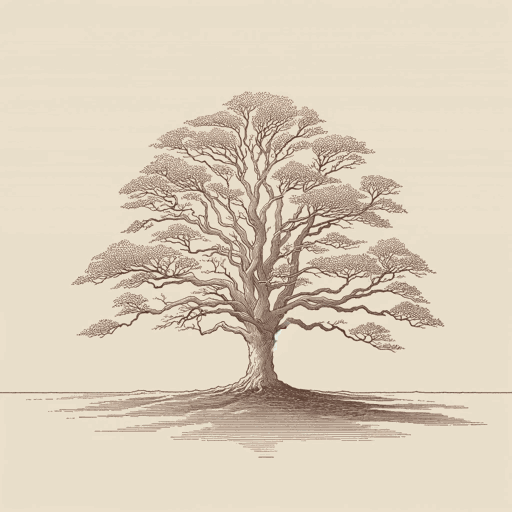45 pages • 1 hour read
Charles Brockden BrownEdgar Huntly: Or, Memoirs of a Sleepwalker
Fiction | Novel | Adult | Published in 1799A modern alternative to SparkNotes and CliffsNotes, SuperSummary offers high-quality Study Guides with detailed chapter summaries and analysis of major themes, characters, and more.
Themes
Sleepwalking and DreamsSleepwalking and Dreams
Throughout the novel, sleep functions as a time when repressed desires can be enacted, a vehicle for transportation, and a temporary death. The first time the reader sees both Clithero and Edgar sleepwalk, they are acting out desires to repress information: Euphemia’s manuscript and Waldegrave’s letters, respectively. Clithero is transported by his somnambulatory limbs to bury the manuscript beneath the elm. Edgar’s initial noctambulations are in his uncle’s attic, secreting letters “between the rafters and shingles of the roof” (235), while dreaming of Waldegrave.
Edgar’s second bout of sleepwalking takes him much further—30 miles from his uncle’s home and into the pit of a cave where he experiences a type of rebirth. He exists, “as it were, in a wakeful dream” (156) in a pit that prefigures “The Pit and the Pendulum” by Edgar Allan Poe. Dreams are a space for the unreal, where reality is questioned, transfigured, and veiled. When Edgar reunites with Sarsefield, who believes Edgar to be twice-dead, Sarsefield asks, “am I awake [...] convince me that I am not dreaming” (220).
Edgar and Clithero’s sleepwalking parallels both men being witnessed but not interrupted; Sarsefield observes Edgar and Edgar observes Clithero. That people are walking while asleep—unconsciously rather than under their own volition—is doubted by their witnesses.


